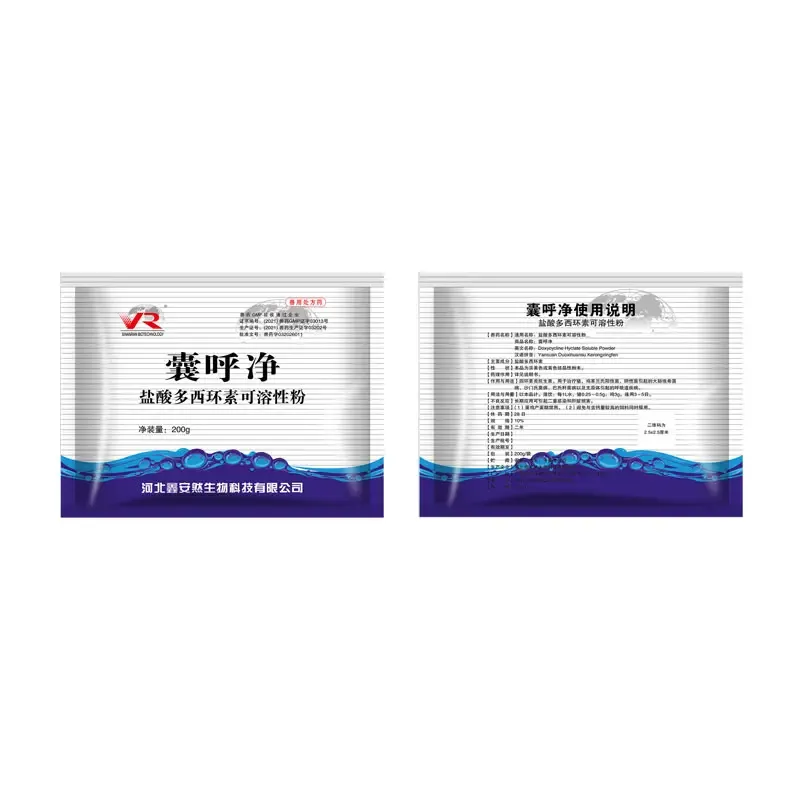- Afrikaans
- Albanian
- Amharic
- Arabic
- Armenian
- Azerbaijani
- Basque
- Belarusian
- Bengali
- Bosnian
- Bulgarian
- Catalan
- Cebuano
- Corsican
- Croatian
- Czech
- Danish
- Dutch
- English
- Esperanto
- Estonian
- Finnish
- French
- Frisian
- Galician
- Georgian
- German
- Greek
- Gujarati
- Haitian Creole
- hausa
- hawaiian
- Hebrew
- Hindi
- Miao
- Hungarian
- Icelandic
- igbo
- Indonesian
- irish
- Italian
- Japanese
- Javanese
- Kannada
- kazakh
- Khmer
- Rwandese
- Korean
- Kurdish
- Kyrgyz
- Lao
- Latin
- Latvian
- Lithuanian
- Luxembourgish
- Macedonian
- Malgashi
- Malay
- Malayalam
- Maltese
- Maori
- Marathi
- Mongolian
- Myanmar
- Nepali
- Norwegian
- Norwegian
- Occitan
- Pashto
- Persian
- Polish
- Portuguese
- Punjabi
- Romanian
- Russian
- Samoan
- Scottish Gaelic
- Serbian
- Sesotho
- Shona
- Sindhi
- Sinhala
- Slovak
- Slovenian
- Somali
- Spanish
- Sundanese
- Swahili
- Swedish
- Tagalog
- Tajik
- Tamil
- Tatar
- Telugu
- Thai
- Turkish
- Turkmen
- Ukrainian
- Urdu
- Uighur
- Uzbek
- Vietnamese
- Welsh
- Bantu
- Yiddish
- Yoruba
- Zulu
okt . 17, 2024 06:07 Back to list
Ivermectin Use in Cattle and Swine for Effective Parasite Control
Ivermectin Injection for Cattle and Swine An Overview
Ivermectin is a potent antiparasitic agent that has garnered significant attention in veterinary medicine, particularly in the treatment and prevention of parasitic infections in livestock such as cattle and swine. This broad-spectrum drug belongs to the avermectin class of medications, which are derived from the fermentation of the soil bacterium *Streptomyces avermitilis*. Ivermectin works effectively against a variety of parasites, including nematodes, arthropods, and some protozoan infections, making it invaluable in livestock management.
Mechanism of Action
Ivermectin operates by binding to specific chloride channels in the nervous system and muscle cells of parasites. This binding leads to increased permeability of the cell membrane to chloride ions, resulting in paralysis and death of the parasite. Ivermectin is particularly effective against endoparasites such as gastrointestinal roundworms, lungworms, and ectoparasites like mites and lice. This mechanism not only eradicates existing infections but also aids in preventing reinfestation, a crucial aspect of effective livestock management.
Administration and Dosage
Ivermectin is available in various formulations, including injectable solutions, oral pastes, and pour-on liquids. For cattle and swine, the injectable form is especially popular due to its ease of administration and rapid absorption. The typical dosage for cattle is approximately 1 mg/kg of body weight, while for swine, it can range from 0.2 to 0.3 mg/kg, depending on the specific target parasites and severity of infestation. It is essential for producers to adhere to recommended dosages to ensure efficacy while minimizing the risk of developing drug resistance among parasites.
Efficacy and Benefits
The effectiveness of ivermectin has been well documented in numerous studies. It is known to significantly reduce the burdens of internal parasites, thus improving animal health, productivity, and overall well-being. Healthy livestock exhibit better weight gain, improved feed efficiency, and enhanced reproductive performance. In the case of swine, treatment with ivermectin has been shown to lead to better growth rates and lower mortality rates, making it a valuable tool for swine producers.
ivermectin injection for cattle and swine

Additionally, the low toxicity profile of ivermectin makes it a safe choice for treating livestock, as adverse effects are rare when used correctly. However, it is crucial for veterinarians and livestock producers to monitor animals post-treatment to identify any unusual reactions and address them promptly.
Resistance Issues
Despite the numerous advantages of ivermectin, there is growing concern regarding the development of resistance among parasites due to its widespread use. When used excessively or improperly, certain parasite populations may develop resistance mechanisms, leading to treatment failures. This resistance has significant economic implications, as it can lead to increased veterinary costs, decreased productivity, and ultimately financial losses for producers. Therefore, adopting integrated parasite management practices—including rotation of anthelmintics, use of biological control methods, and maintaining proper hygiene—is essential to mitigate this risk.
Regulatory Considerations
Ivermectin is regulated by various agricultural and veterinary authorities. In the United States, the Food and Drug Administration (FDA) approves its use in livestock, provided that it is administered according to specified guidelines. Farmers and producers must be aware of withdrawal periods for meat and milk to ensure that residues do not violate food safety standards, which could have serious implications for market access and consumer health.
Conclusion
Ivermectin injection remains a cornerstone in the management of parasitic infections in cattle and swine. Its effectiveness, coupled with a generally safe profile, makes it a preferred choice among veterinarians and livestock producers. However, it is vital to use this valuable tool responsibly, keeping an eye on the emergence of resistance and adhering to regulations that promote animal and public health. Through responsible usage and continued education about best practices, the benefits of ivermectin can be realized while safeguarding its effectiveness for future generations of livestock.
-
Guide to Oxytetracycline Injection
NewsMar.27,2025
-
Guide to Colistin Sulphate
NewsMar.27,2025
-
Gentamicin Sulfate: Uses, Price, And Key Information
NewsMar.27,2025
-
Enrofloxacin Injection: Uses, Price, And Supplier Information
NewsMar.27,2025
-
Dexamethasone Sodium Phosphate Injection: Uses, Price, And Key Information
NewsMar.27,2025
-
Albendazole Tablet: Uses, Dosage, Cost, And Key Information
NewsMar.27,2025













